To show off the craftsmanship of the movement, many models often have transparent casebacks that let you see the details directly. At this time, we also often see blue steel screws used to hold the splint in place, which is a process that burns the metal surface to create a color change.
Under different temperatures, the metal will display various colors, from about 170 degrees Celsius to over 380 degrees Celsius, gradually showing beige, yellow, brown, blue, and blue-gray colors. Blue steel is finished at around 300 degrees Celsius. This method was used to stop screws from rusting before stainless steel was available, while modern blue-steel screws are used for their look.
So, what if the technique of firing blue-steel screws was used on the dial? Cartier’s Ronde Louis Cartier is a great example. At first glance, the jaguar on the plate seems to be shown in different colors; however, up close, the texture is different from painting. Whether it’s its eyes, spots, whiskers, or brown fur, the flames leave marks on the 18-karat gold dial. This technique, known as the fire-gold process, is similar to making blue-steel screws; however, to achieve different colors with a gradient effect, the required temperature varies, and it is naturally much more challenging.







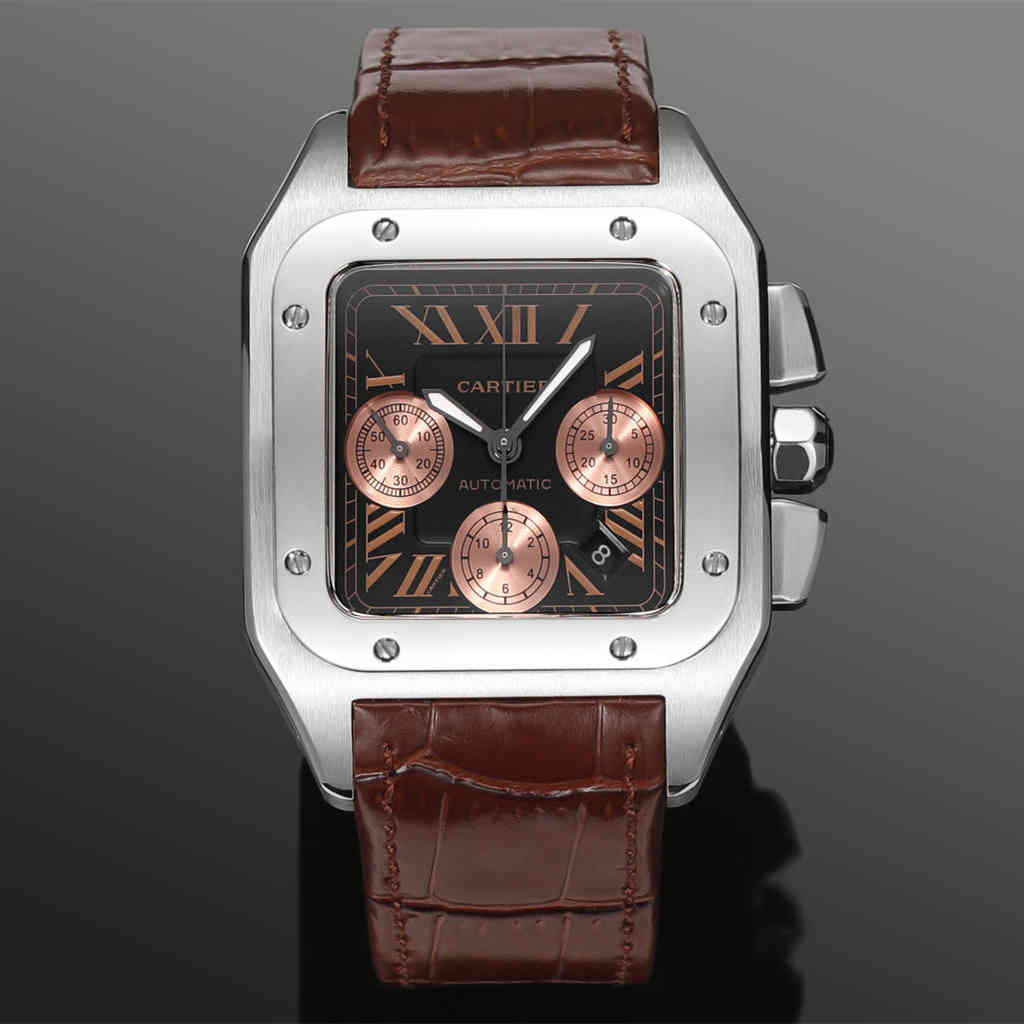
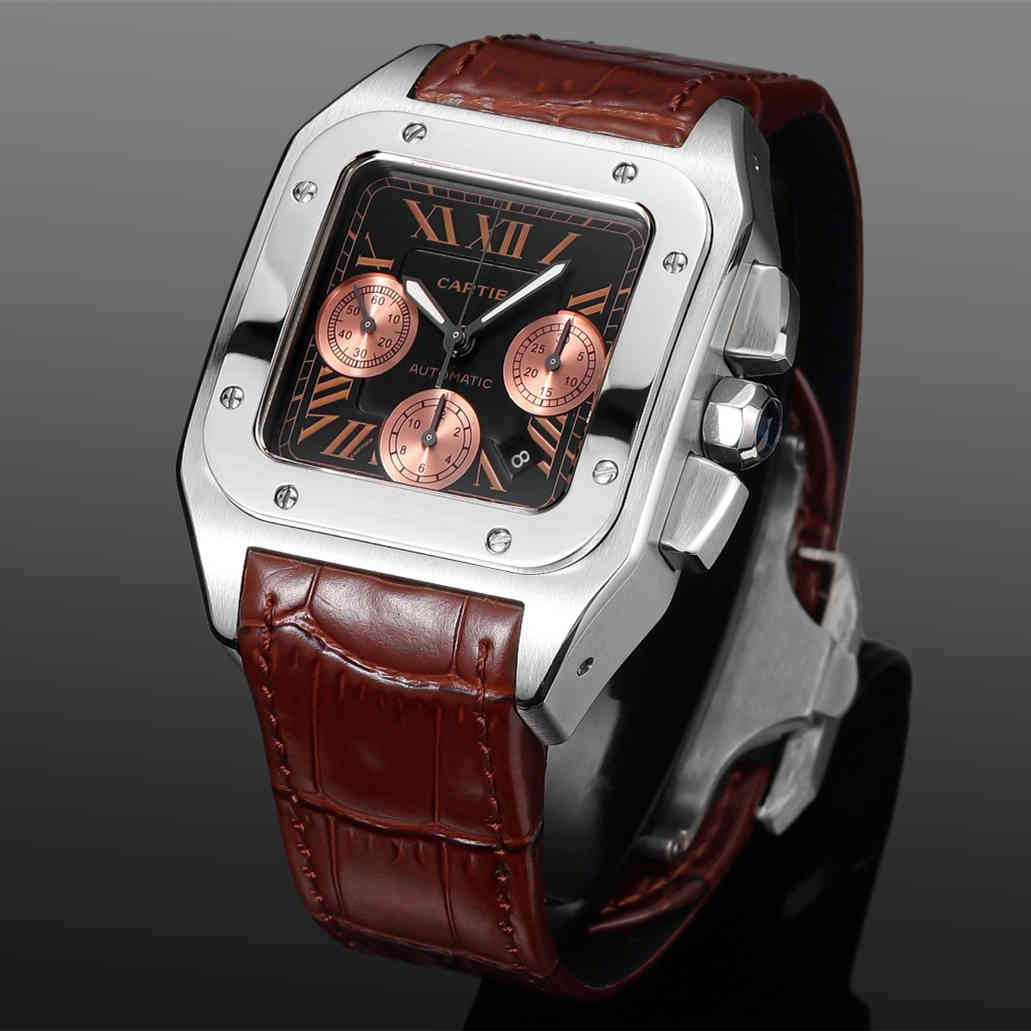
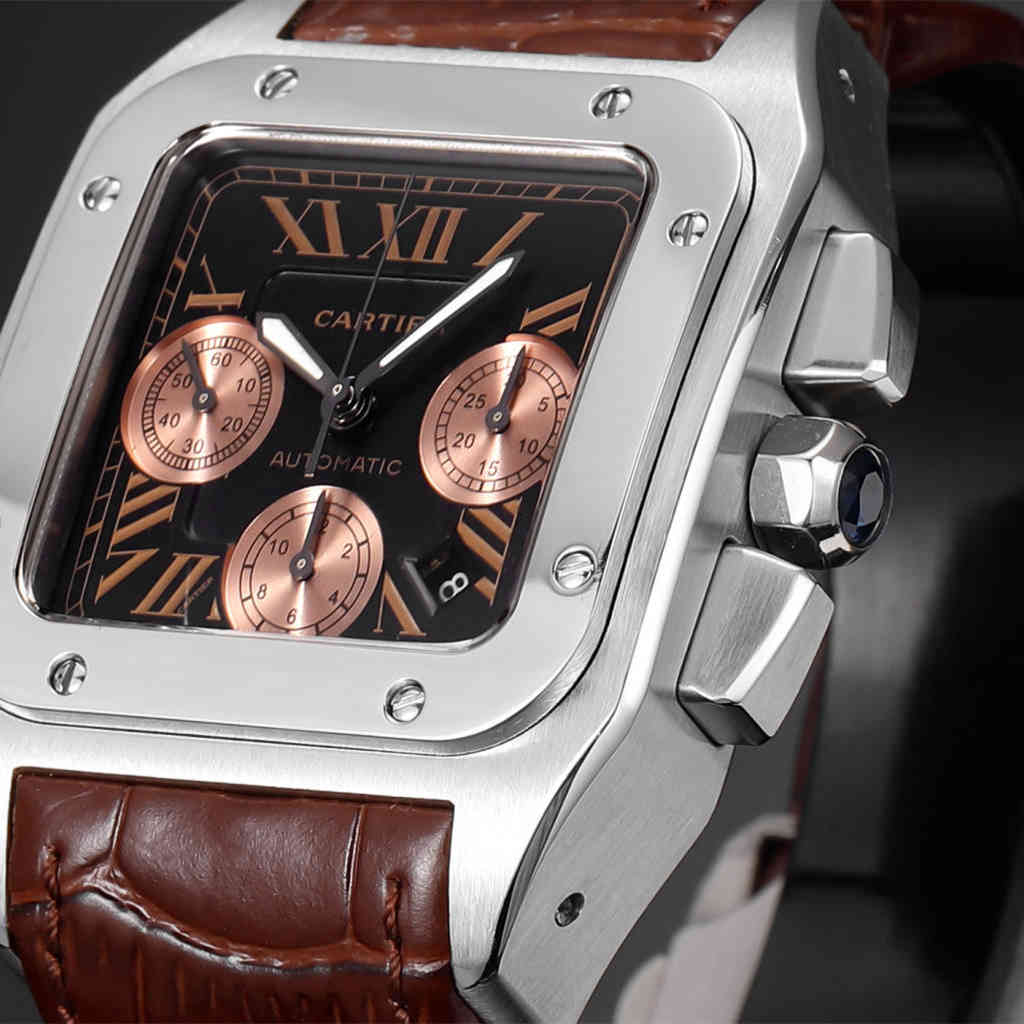
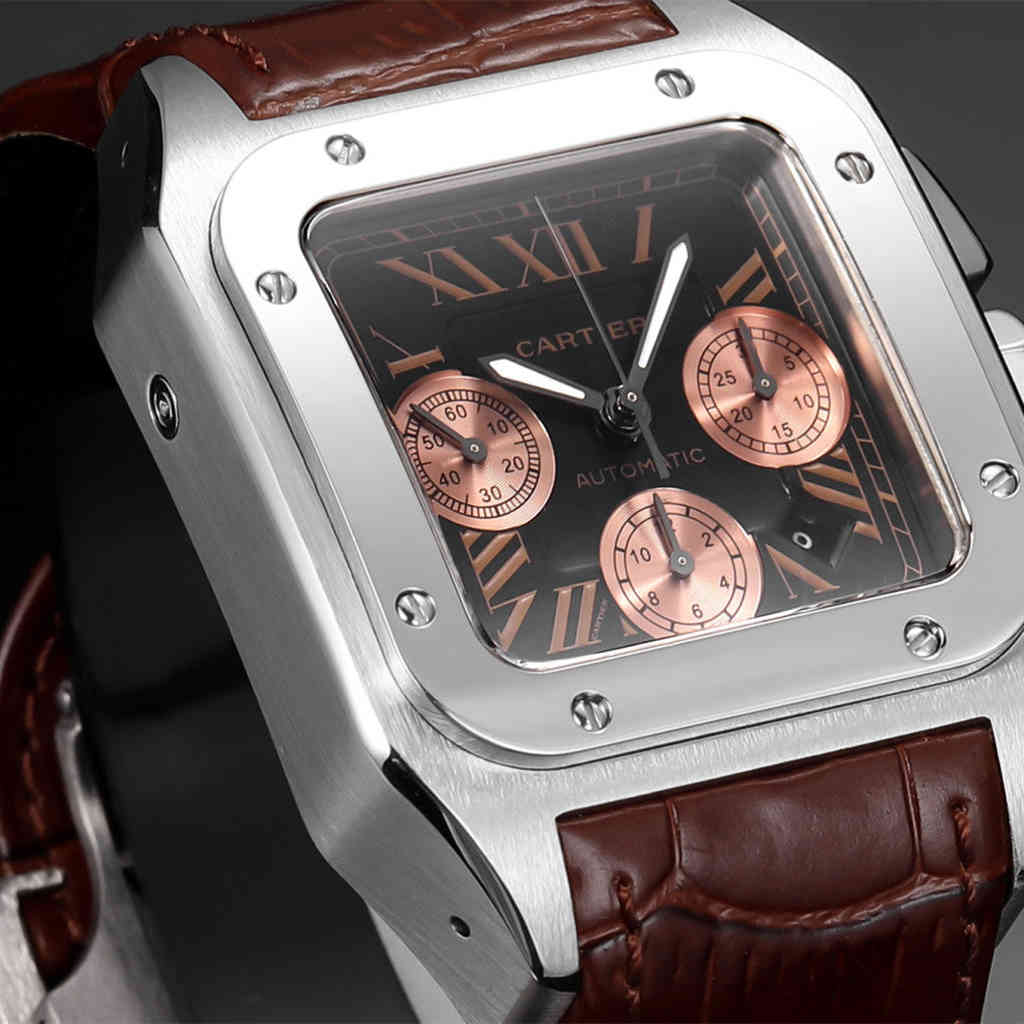
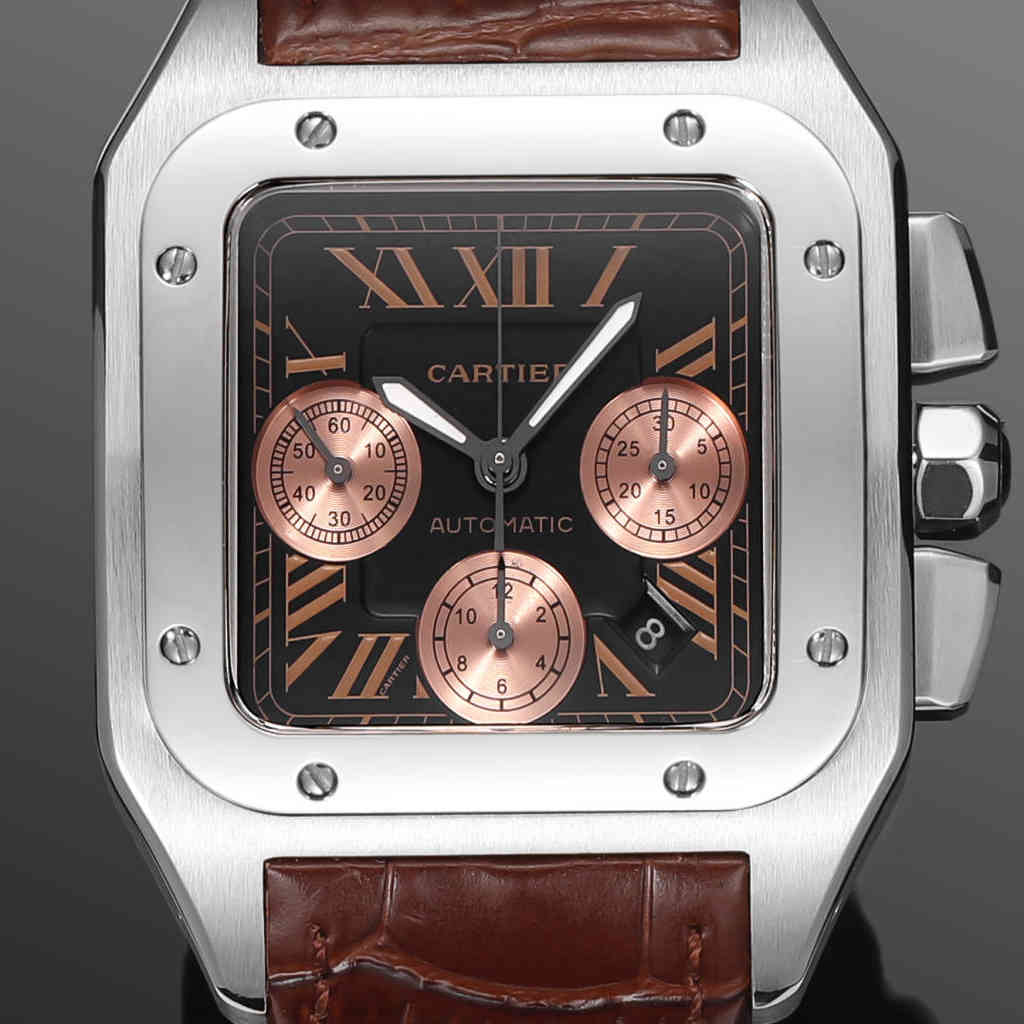
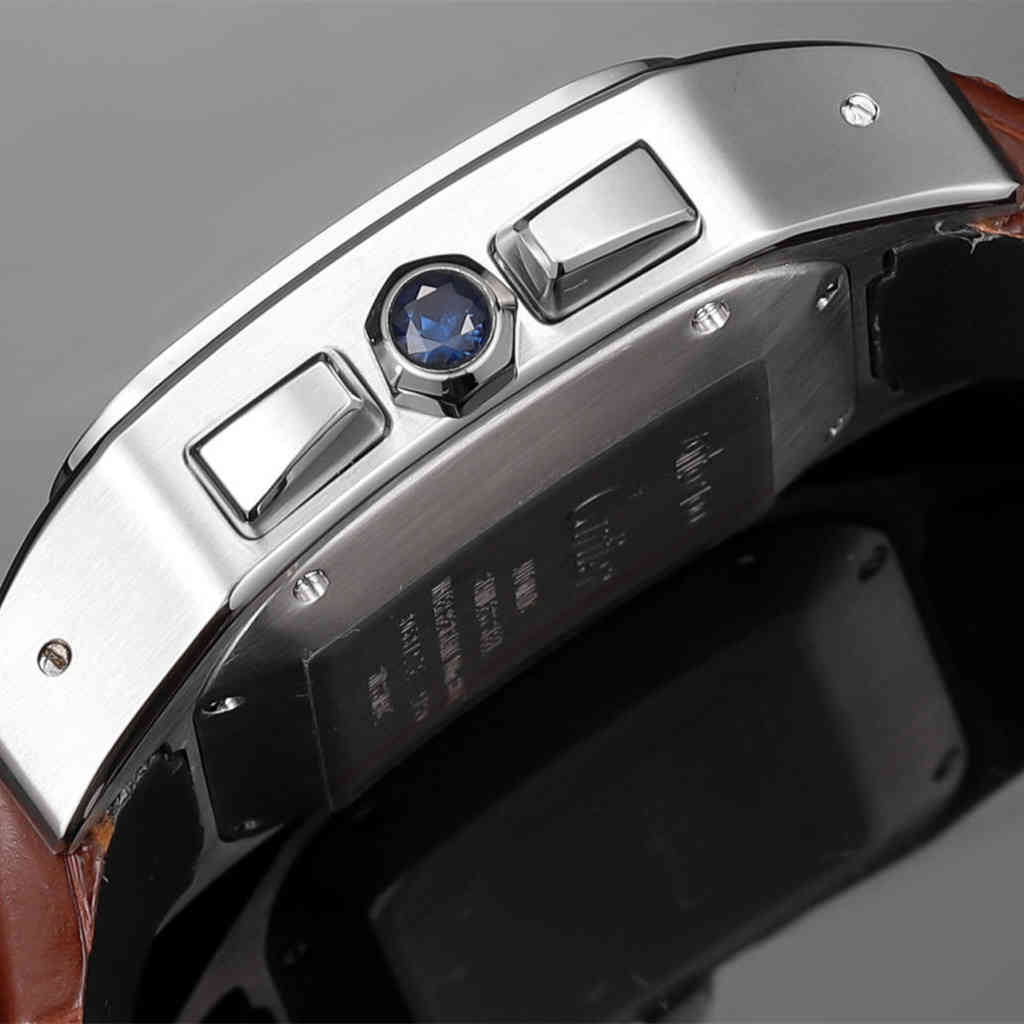
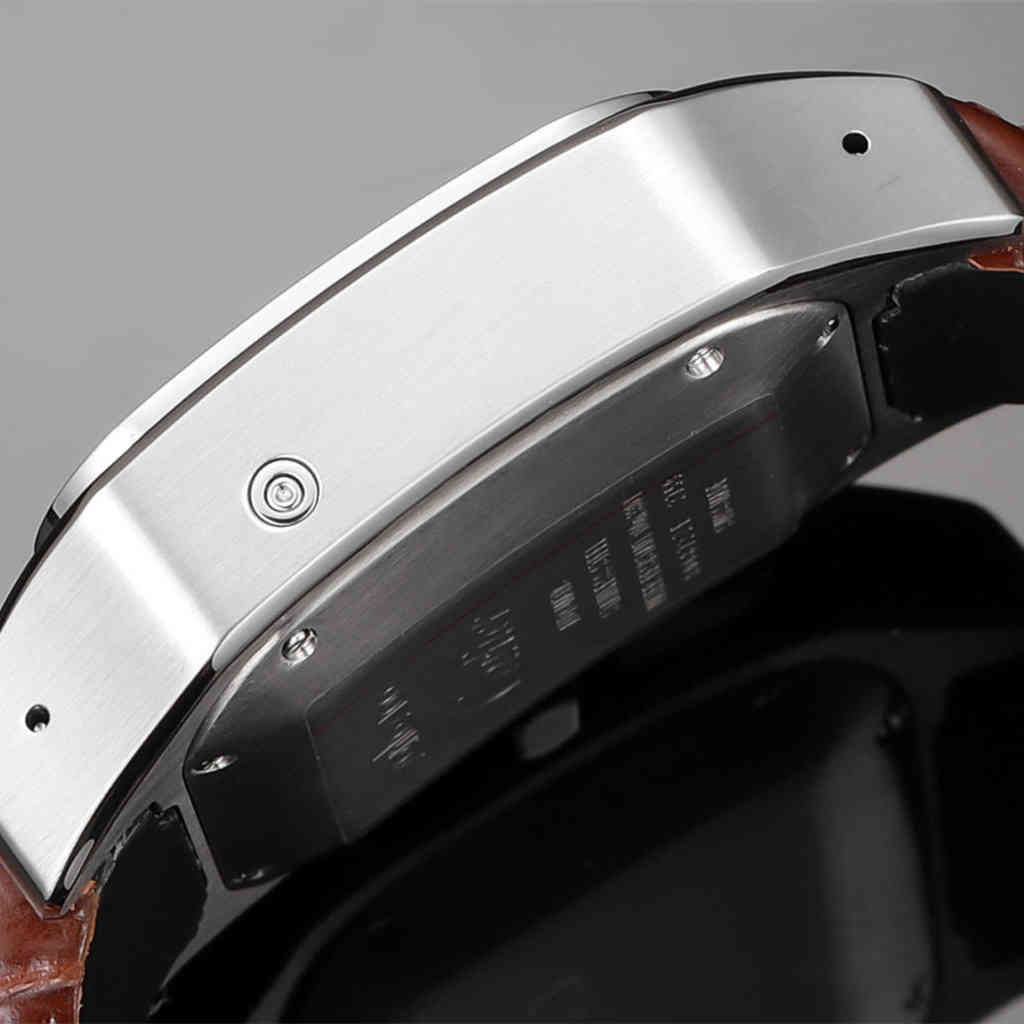
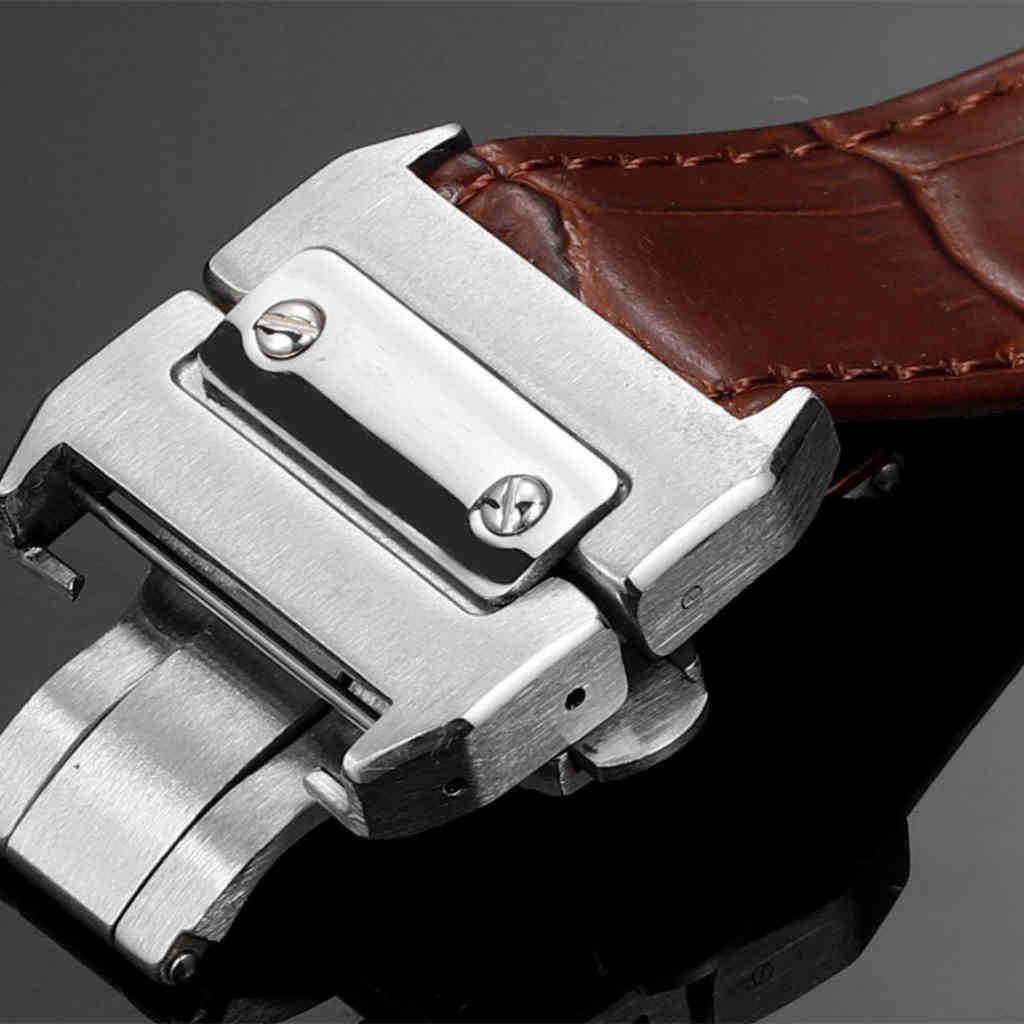
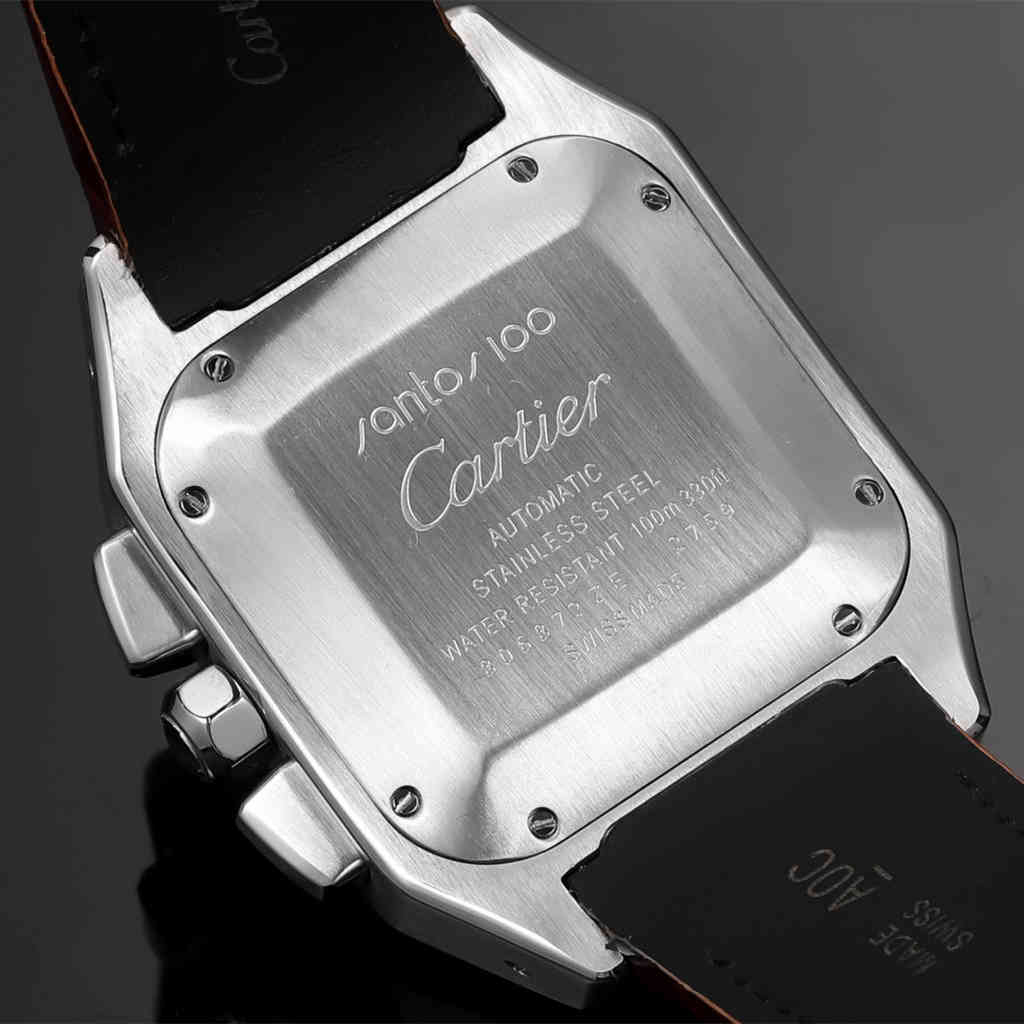











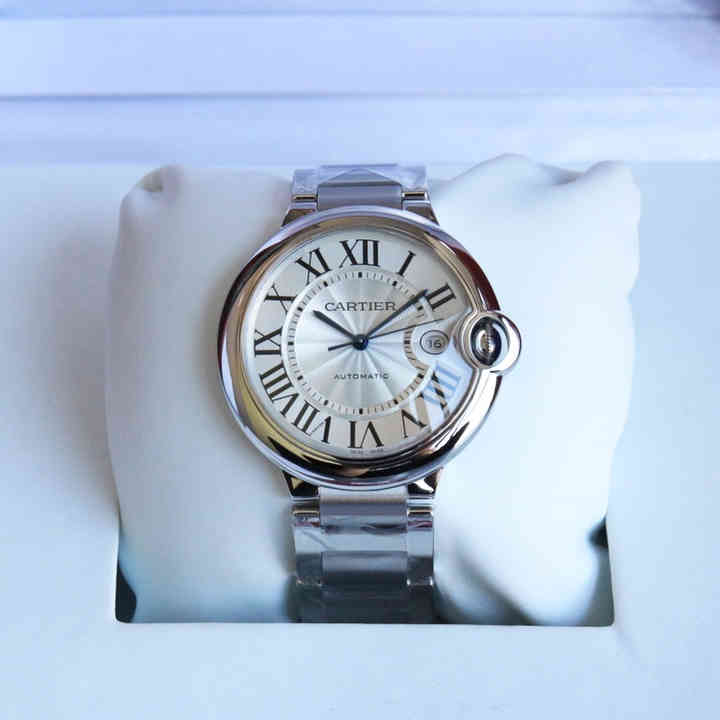



Harley Southey –
Looks high quality, well made and finished. Keeps excellent time. Great strap that matches the quality of the watch and is easy to put on and take off with an easy-to-use double clasp. You will be proud of this watch.